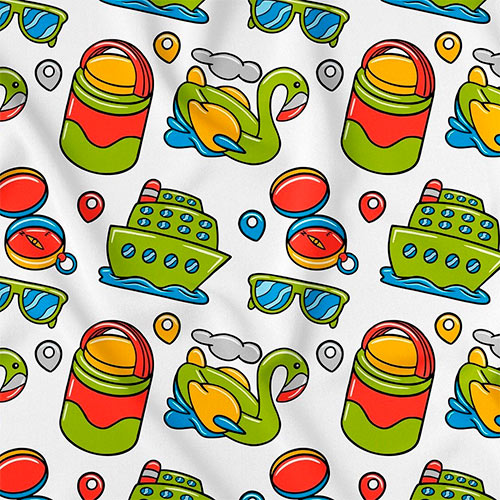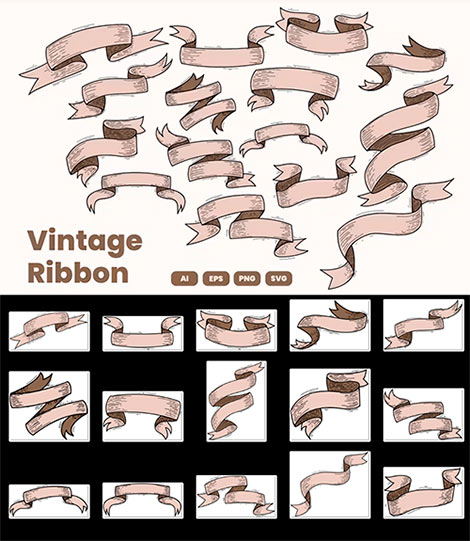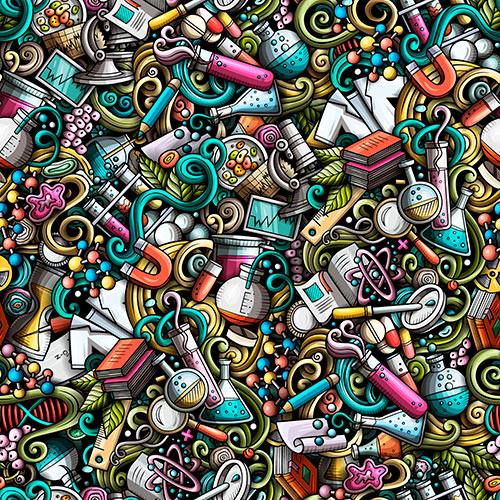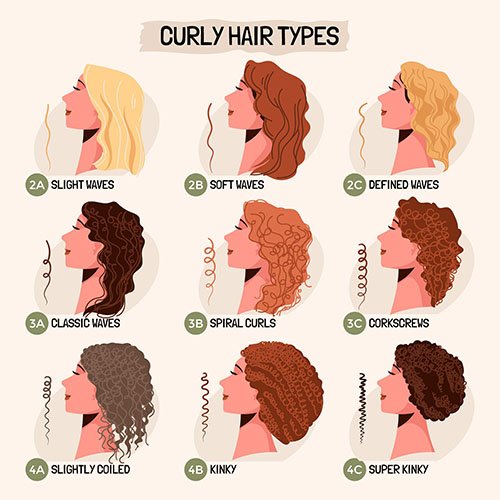
Sorting Waste Bins SYPJM5B
EPS JPG PNG SVG | 47.5 MB
|

Cute Animals In Space - Seamless Pattern TGNQUP7
AI EPS PNG | 46 MB
|

Traveller Kawaii Doodle Seamless Pattern #01 YN7DUCF
AI EPS JPG PDF | 5000x5000 px | 14.5 MB
|

Flat slow fashion badge set
AI | EPS | 644 KB
|

Office workers corporate event and business success
EPS | 2.6 MB
|

Health animals service concept illustrations
EPS | 1.06 MB
|

Vintage Ribbons Set ZL9YYKF
AI EPS SVG PNG | 2717x2361 - 5781x2729 | Editable colors | 8.69 MB
|

Science Doodle Cartoon Seamless Pattern MRW4HFW
AI EPS JPG | 5000×5000 px | 42.9 MB
|

Flat world book day illustrations set vol2
AI | EPS | 5.26 MB
|

Hand-Drawn Curly Hair Types Set
AI | EPS | 1.57 MB
|
« 1 2 ... 37 38 39 40 41 ... 1657 1658 » |
Векторная графика, в отличие от растровой, строится не на основе сетки пикселей, а на математическом описании геометрических объектов - линий, кривых, многоугольников. Это позволяет векторным изображениям масштабироваться до бесконечности без потери качества, оставаясь четкими и гладкими даже при многократном увеличении. Каждый элемент в векторном изображении - это независимый объект, который можно редактировать отдельно, изменяя его цвет, форму, размер, положение, и т.д. Это делает векторную графику идеальным выбором для создания логотипов, иллюстраций, шрифтов, и других изображений, где важна четкость и масштабируемость.
Одним из ключевых преимуществ векторной графики является её компактность. Поскольку векторные изображения описываются математическими формулами, а не информацией о каждом пикселе, файлы обычно значительно меньше по размеру, чем их растровые аналоги. Это особенно важно для веб-графики и анимации, где размер файла напрямую влияет на скорость загрузки страницы и производительность. Кроме того, векторные файлы легче редактировать и обновлять, поскольку изменение одного объекта не требует повторной обработки всего изображения, как в случае с растровой графикой.












